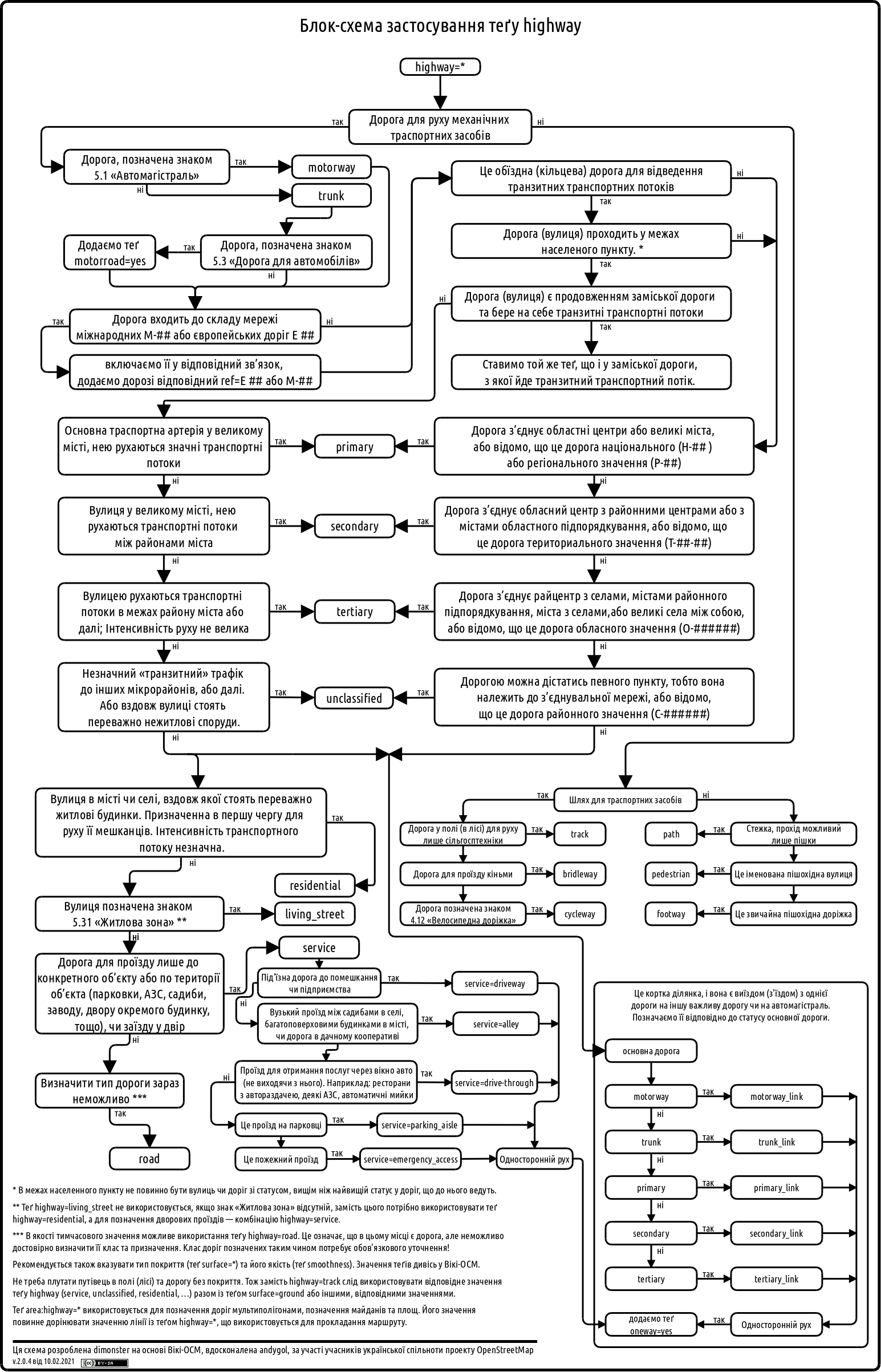The Nominatim QA tool added a new layer “Suspicious addr:state value”
- If addr:state is the same addr:province. Depending on country addr:province might not be needed
- If addr:state is the same as the country code
- if addr:state is the same as the country name (in any language)
https://nominatim.org/qa/#map=3.52/34.84/5.81&layer=addr_state_not_country
The layer is updated every day.
Give it a go. But not USA and Canada because I was too eager and made many edits today already.




 A heavily graffitied derelict industrial building on brownfield land outside Charleroi
A heavily graffitied derelict industrial building on brownfield land outside Charleroi